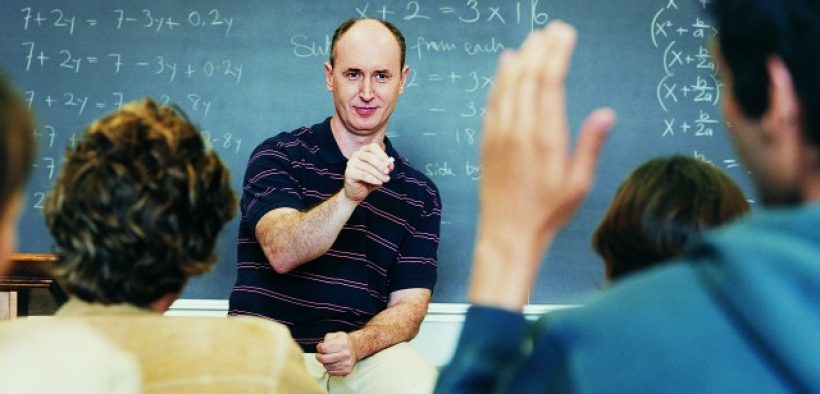As instructors, we strive to generate thoughtful and engaging classroom discussion while maintaining a collegial and inclusive environment. In doing so, we may be tempted to avoid topics that can ultimately add to students’ learning. Hot moments in the classroom refer to discussions that become contentious, acrimonious, or even disrespectful. None of us wants to promote a toxic classroom environment, and when such moments happen, we work diligently to diffuse them. However, when done strategically, creating what I call positive tension can help students better understand ideas central to a course while learning to engage in productive debate in the classroom and beyond.
Positive tension may sound like a milder degree of a hot moment. Although there are similarities, there are also important distinctions. Hot moments are often spontaneous and result from an incendiary statement (whether intentional or unintentional) made by either a student or the instructor. The classroom may become uncomfortably quiet as students feel the tension and hope for a quick resolution, or students might become argumentative as they compete to have their perspectives recognized. In a word, hot moments are deeply emotional, and learning related to classroom objectives can be difficult to achieve once they occur, according to L. Warren, who has written about hot moments (
http://isites.harvard.edu/fs/html/icb.topic58474/hotmoments.html).
In contrast, I use positive tension to accomplish some of the very goals that a hot moment may undermine. Like hot moments, positive tension typically results from focus on a controversial topic, often one where viewpoints may be rooted in personal beliefs and values. Unlike hot moments, instructor-directed positive tension is a guided exercise in which students address a controversial topic but do so following a set of “ground rules.” Much like an athletic competition that may evolve in exciting and unpredictable ways, the instructor allows students to share original and unique responses, while ground rules structure the exercise so that individual perspectives are respected, learning is advanced, and debate is fair (i.e., avoiding ad hominem attacks).
Positive tension should always have a broader pedagogical objective. The objective is not the debate itself. Rather, debate should be viewed as a way to accomplish broader learning goals. This is important to keep in mind because, when executed effectively, positive tension can generate rich classroom discussion that can consume class time. Guiding students to make relevant connections with course learning goals during energetic classroom discussion is a key component to successfully using positive tension.
Second, it is important for instructors to consider the degree to which positive tension might lay the foundation for a hot moment. It might be helpful to discuss the exercise with a colleague or even a student advisee who is not taking the class. By thoughtfully considering the possible outcomes of the exercise, the instructor can be prepared to address heated discussion, modify the exercise, or ultimately decide not to use that exercise. Finally, instructors should feel free to use exercises that extend beyond their particular field. Interdisciplinary strategies can be effective ways to create positive classroom tension, because students’ preexisting views or arguments on an issue may not translate as effectively in another field. They must then reevaluate and reframe their position in ways that challenge their views on an issue.
A number of practical strategies can be used to create positive tension in the classroom. For example, if an instructor in a social science course wants students to discuss the gender pay gap, she might first have students read two short narrative accounts of pay inequality or poems about gender inequality that express competing viewpoints. Using this technique, a sociology or psychology student is now evaluating a social issue through the lens of literature and debating how the work should be interpreted. In this example, the instructor has placed students’ focus on a literary text while maintaining the core of the learning objective: gender inequality. As students debate the meaning of the text, the instructor helps them make broader connections by raising questions related to relevant course material.
Another strategy instructors may employ is the use of fictitious vignettes or narratives that contain the components of real-world controversy. Hot moments often occur because students have personal experience with the issue and have already formed strong views on it. Stripping an issue of its real-world status both limits the judgment students may feel from others and the judgment they may place on their classmates. It also allows students to ask questions of the scenario or identify the weaknesses of fictitious individuals, all while highlighting the complexity of the topic. The flexibility of such exercises allows tension to coexist with objectivity, something more difficult to achieve when the emotional stakes are high, as they are with real historical or current events.
Geniece Crawford Mondé, Wingate University, North Carolina.
g.monde@wingate.edu






